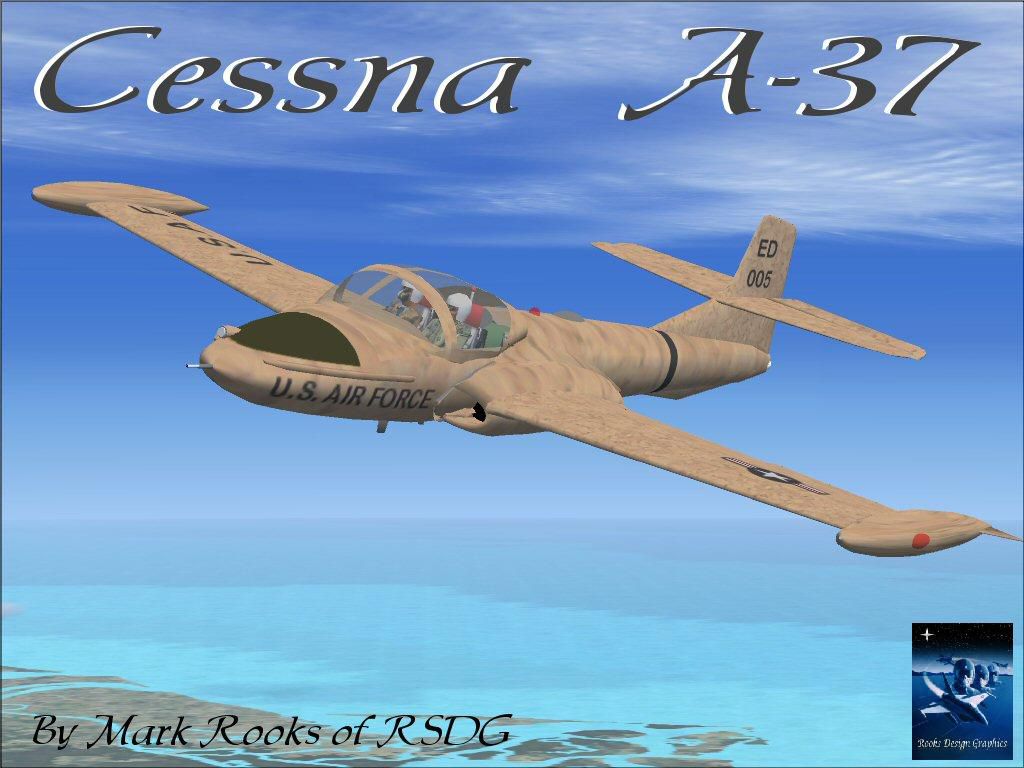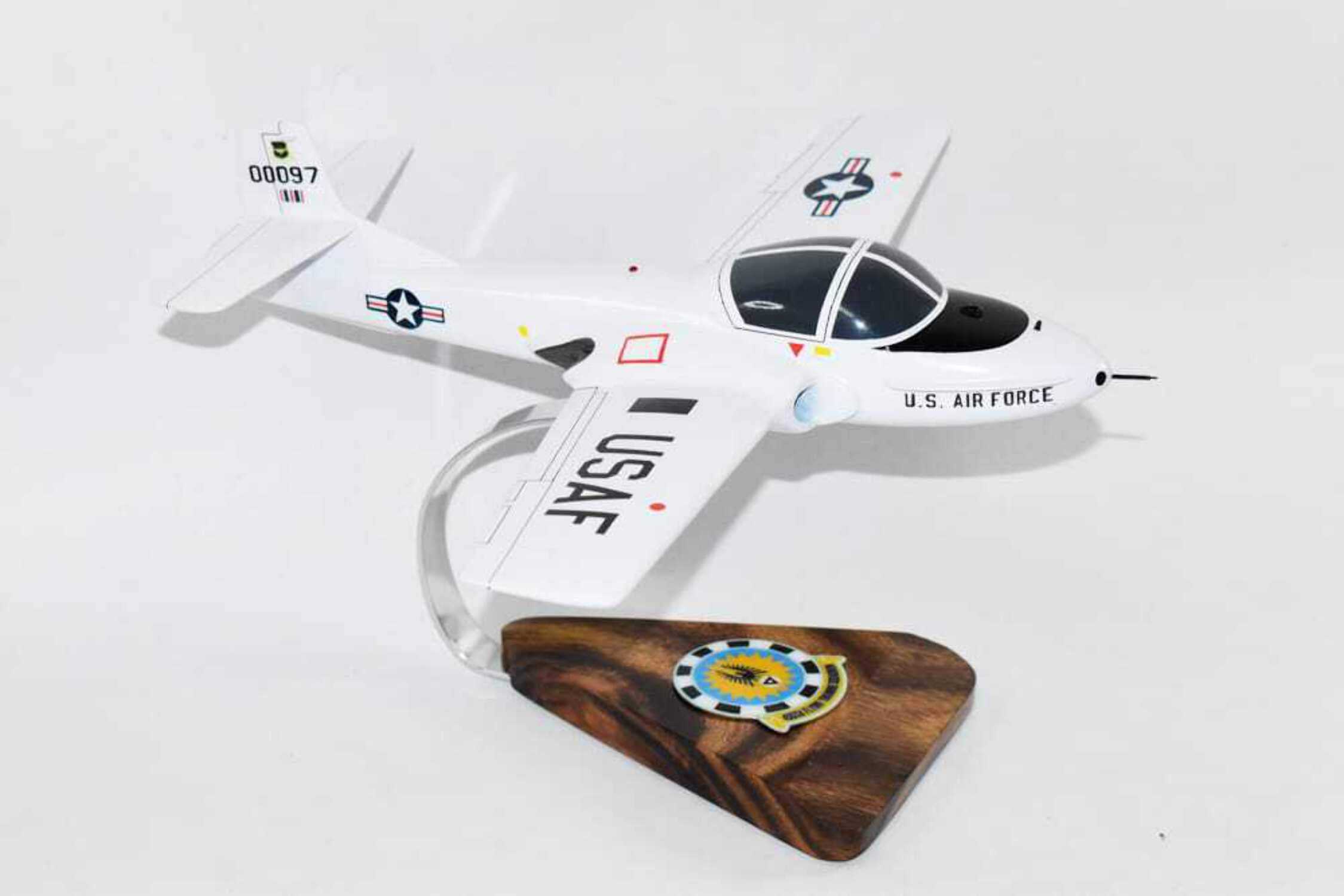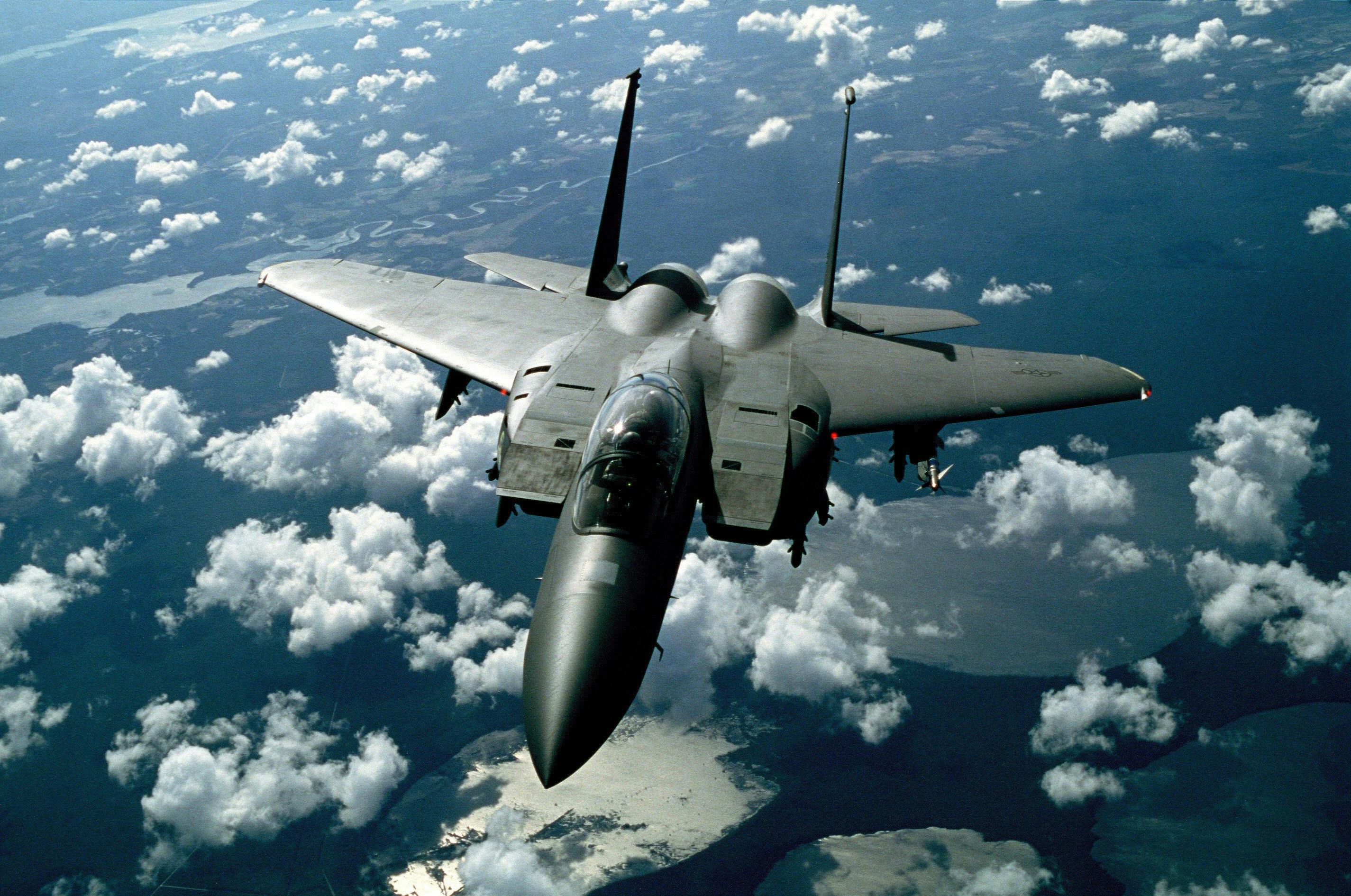T37 Aircraft - The Csna T-37 Tweet (designated by the company as Model 318) is a small, twin-engine jet trainer that flew for decades as the primary trainer for the United States Air Force (USAF) and air forces from various countries. . If necessary, the T-37S could perform additional light attacks. The A-37 Dragonfly variant flew light strike missions during the Vietnam War and continues to serve with the air forces of several South American nations.
The T-37 served as the primary training vehicle for US Air Force pilots for more than 52 years after its first flight. After completing initial training at Tweet, students progressed to other advanced Air Force, Navy, Marine Corps or allied trainers. With a total of 1,269 T-37s built, the US Air Force retired its last example in 2009.
T37 Aircraft

The Csna Aircraft Company of Wichita, Kansas supplied the United States Army during World War II and the Korean War with service, light transport, and surveillance aircraft, notably the O-1 Bird Dog series.
Image Of The Cessna A 37/t 37 Dragonfly
In the spring of 1952, the U.S. Air Force issued a request for proposals for the Experimental Trainer (TX) program, specifying a lightweight two-seat basic trainer to familiarize U.S. Air Force cadets with jet aircraft.
Csna responded to a request for a TX with a side-by-side twin-engine design. The U.S. military liked the design of Csna, which was designated the Model 318 Aircraft Carrier, and the side-by-side seats, as it allowed the student and instructor to interact more closely than with seats. tandem. In the spring of 1954, the US Air Force awarded the ASOC a contract for three Model 318 prototypes and a contract for a tactical test aircraft. The Air Force called the model XT-37.
The XT-37 featured a low, straight wing with engines integrated into the wing roots, a folding hatch that opened vertically rearward, a control layout similar to modern operational US Air Force aircraft , ejection seats and a tricycle. chassis with a track width of 4.3 meters. It made its first flight on October 12, 1954.
The track width and steerable nose wheel made it easier to control the aircraft on the ground, and the short landing gear eliminated the need for support jacks and service drills. The aircraft was designed to be easy to maintain and has over 100 access panels and doors. An experienced ground crew could replace the engine in about half an hour.
A 37/t 37 Dragonfly In Action (aircraft In Action)
The XT-37 was aerodynamically clean, so much so that it was fitted with an air brake behind the nose wheel door to increase drag on landing and for use in other phases of flight. Because the short landing gear placed the engine air intakes close to the ground, the shields pivoted on the landing gear when the landing gear was extended to prevent foreign object damage.
The XT-37 was powered by two licensed Continental-Teledyne J69-T-9 turbofans, Turbomeca Marboré franc engines with a unit thrust of 4.1 kN (920 lb-ft). The engines had thrust attenuators that allowed them to hold throttle (i.e. rev above idle) during approach, allowing shorter landings while still allowing the aircraft to touch down and to leave easily in the event of a crash. something was wrong. The weight of the empty XT-37 was 2300 kg.
Tests showed the XT-37 to have a top speed of 630 km/h at altitude and a flight range of 1,505 km. The aircraft had a flight ceiling of 10,700 m (35,000 ft).
But it was untreated, so it was limited to an operational ceiling of 7,600 m (25,000 ft) by USAF regulations.
Cessna T 37b Tweet > National Museum Of The United States Air Force™ > Display
The initial prototype crashed during spin tests. Later prototypes had new features to improve handling, including a long nose dip and a significantly redesigned and enlarged tail boom. After these modifications, the US Air Force found the aircraft acceptable for its purposes and ordered it into production as the T-37A. A production aircraft is always difficult to recover from a spin; the recovery procedure was complicated compared to most aircraft.
A panoramic view of a T-37 at Sheppard Air Force Base in 2007 operating under the Euro-NATO Joint Jet Aircraft Training Program.
The production T-37A was similar to the XT-37 prototypes except for minor changes made to address issues identified in the flight test program. The first T-37A was completed in September 1955 and flew later that year.
The T-37A was very noisy, even by jet aircraft standards. The air intakes of its small turbofans produced a shrill screech that led some to describe the simulator as "Squealing Mimi" (no translation) and to call it "a 6,000-pound dog whistle" or "The Converter" (he turned fuel and air into noise and smoke).
Vintage Cessna T 37 Air Force Seating Student Instructor Military 8x10 Photo
The shrill whistle quickly gave the T-37 its name: "Tweet Bird" or simply "Tweet". The Air Force spent a lot of time and money isolating base buildings where the T-37 operated, and hearing protection is still mandatory for all personnel approaching a working aircraft.
The Air Force ordered 444 T-37As, the last of which was produced in 1959. In 1957, the U.S. Army evaluated the T-37A tr for battlefield surveillance and other combat missions. combat, but eventually purchased the Grumman OV-1 Mohawk.
The Air Force liked the T-37, but considered it underpowered; He therefore ordered an improved version, the T-37B, with an improved J69-T-25 engine. The new engines provided about 10% more thrust and were more reliable. The new variant also required improved avionics.

A total of 552 new T-37Bs were built in 1973. Likewise, all surviving T-37As were eventually upgraded to T-37B standard.
File:t37 Dos Asas De Portugal.jpg
Due to a series of crashes between 1965 and 1970, all T-37s were later fitted with a new 12.7 mm diameter Lexan polycarbonate windshield that could withstand the impact of a 1.8 kg bird at a relative speed of 463 km/h.
In 1962, Csna recommended the T-37B as a replacement for the North American F-100 Super Saber as the primary aircraft for the United States Air Force's Thunderbirds demonstration air group, but the United States Air Force was satisfied with the F-100 and did not consider its replacement.
The T-37A and T-37B had neither integrated weapons nor external weapons support. In 1961, Csna began development of a slightly improved T-37 for use as a training weapon. The new variant, the T-37S, was intended for export and could be used for light attack if necessary.
The T-37C prototype was a modified T-37B. Major changes included strengthened wings with a strut under each wing outboard of the main landing gear well. The T-37S could also be fitted with underwing fuel tanks that could be jettisoned in an emergency.
Istanbul September 22 Cessna T37 Tweet Foto De Stock 123533266
Added a computerized sight and a photo of a machine gun. The T-37c could also be equipped with a reconnaissance camera installed inside the fuselage.
The main armament of the T-37C was a General Electric "multipurpose container" with a 12.7 mm machine gun for 200 rounds, two 70 mm complex jet cartridges and four practice bombs. Other weapons, such as a Complex Missile Container or a Sidewinder Air-to-Air Missile, may also be on board.
The changes increased the weight of the T-37s by 650 kg. As the engines were not refueled, it reduced its top speed to 595 km/h, although the wingtip tanks increased the maximum range to 1,770 km.

Production of the T-37 ended in 1975. The export list reached 273 T-37s. In addition to the 444 T-37A and 552 T-37B, this gives a total of 1,269 aircraft built.
Tweet Complete: T 37 Retires After 39 Years Of Service > Air Force > Article Display
Csna came up with a number of innovative Tweet variants that were never put into production. In 1959, Csna built a prototype jet-powered light transport version of the T-37, called the Csna Model 407, which was lengthened 24 inches to accommodate an intact four-seat cockpit in a car-like configuration. car. Only a wooden model of the Model 407 was built. The project was canceled due to insufficient customer interest.
The company also offered a similar four-seat military light transport, the Model 405, with a large folding deck, but it was never built.
In response to a Navy Tandem Trainer (TNT) requirement issued
T37 2, t37 1, t37, 1970 pontiac tempest t37, t37 6 toroid, t37 rc sailboat, pontiac lemans t37, shell tellus t37 equivalent, arrow t37 staples, arrow t37, 1971 pontiac t37, 1971 pontiac lemans t37

